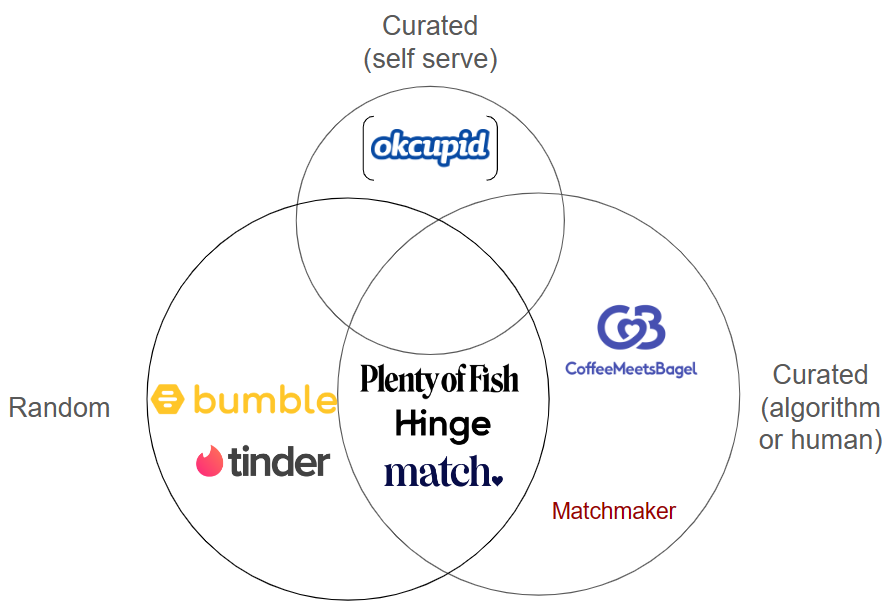When holiday deals go ho ho no
- Luna Guo
- Dec 19, 2023
- 3 min read
Updated: Jan 16, 2024
'Tis the season... for consumerism!
Time to purchase all the gifts for people on your list--and more. Maybe add a few purchases for yourself that you didn't think you needed but oh the deal was so irresistable. Price drops left and right like the temperature, and sales line every page, every aisle like snowflakes on all surfaces. One can barely walk through a single hour of the day without running into another holiday special.

But amidst all the holiday deals frenzy, I did not expect to open up an email this morning that was all about pet meds on sale for the season. You heard me right: Medicine. This one was an unexpected head scratcher.
I get it. It's easy to get lost in the sea of every company doing discounts this time of year and think that you must also jump on the bandwagon. Everyone is trying to capitalize on the spike in shopping this season and looking to snag a slice of that consumer wallet. Why not pet meds? Or meds in general?
To start, let's briefly dive into why discounting works in the first place. The point of deals is normally:
To get customers to try new brands or products.
To encourage repurchase or stock up behavior.
To get rid of excess inventory.
Outside of the last point (which is less related to marketing), discounts normally look for growth through either increasing their sales or increasing their reach (which should ultimately lead to increased sales). At the expense of a drop in prices, the hope is to get more quantity of products sold that then leads to overall more revenue. And what's the best time to get more quantity? During holidays (or times of the year in general where people are looking to shop), of course! Capture the wandering eyes of consumers while they are in the mindset of purchasing.

Many categories benefit from seasonal and occasion-based discounts. From a recent RetailMeNot survey, the top three categories that U.S. consumers search for holiday deals are:
Electronics
Skincare
Toys & Games
The list goes on to include categories like clothing, travel, jewelry. What all these have in common is that they are gift-giving related, unsurprisingly. And herein lies the key: Holiday sales for these categories works because the intent (gifting, in this case) matches the categories.
But one size does not fit all!
Medicine as a category is another story. The intent to buy here doesn't quite fit the holiday spirit of gifting. Breaking it down, we see that:
Meds are inelastic. Meaning, demand for medicine doesn't change much despite how prices may change. Unsurprising, because medicine is more dictated by need rather than want.
Timing is everything. Holidays do not necessarily make for great timing for medicine as that's not necessariy when people are buying them. The intent doesn't quite match the occasion.
If we revisit why discounting works:
Because medicine is something that consumers are buying regardless of price, you could actually stand to lose revenue as it's unlikely to encourage consumers to purchase a larger quantity because of lowered price--for reasons including expiration considerations, not knowing how long the meds are needed for, etc. Not to mention the cost that goes into creating a holiday deals campaign! In my opinion, this is a cost that's better spent elsewhere.
Since purchasing medicine is dictated by need, personalized strategies to share discounts to consumers would make more sense in this category. Some strategies might include:
Discounts on autoship. This encourages restocking behavior at the time that consumers are looking to restock anyways. This further encourages consumers to stay with your brand through the convenience of autoship, where thinking about what brand to purchase will be out of sight, out of mind.
Discounts on second orders. Currently a lot of brands out there discount on the first purchase to get people to try the brand. A discount on second order could be a worthy attempt to keep consumers on the same brand.
Loyalty programs. Since there is a cadence involved in medicine, loyalty programs are a great way to give consumers perks more personalized to their timing needs, and keep your brand at the top of their list.
With a little extra thought put into what the consumer intent behind looking for holiday deals are, you can meet customers better when they're looking for your product. And in the process, you'll be saving yourself time, effort, and money.

For personalized and targeted help, book a free introductory consultation.




Comments